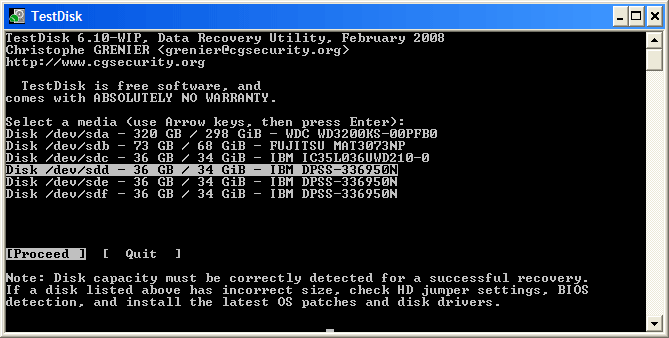

- #Mac file recovery kali linux install
- #Mac file recovery kali linux drivers
- #Mac file recovery kali linux windows 10
- #Mac file recovery kali linux download
- #Mac file recovery kali linux mac
Install rEFIndįor all macOS versions starting with El Capitan (10.11) Apple has enabled System Integrity Protection (SIP). Place all of the rEFInd files (after unzipping) on a removable volume (SD Card, USB drive, or even a secondary HFS+ volume) so you can use it in the next step.
#Mac file recovery kali linux download
The shrinking process took a LONG time (~30 minutes), don't worry about it, let it run to completion and do not interrupt.Īfter the Volume shrinking process is completed, it's time to download some files to perform the installation however, you probably want to do this under macOS, so first boot back to your macOS volume and the download them both: This image is AFTER I did my initial shrink and subsequent installation of Kali linux, you'll have fewer partitions when you do this. I shrunk mine by 64GB, so I entered 65,536 Enter the size, in megabytes, by which to shrink the volume.Select the BOOTCAMP partition, right-click and select Shrink Volume.Right-click on the Start Menu and select Disk Management.The first step is to shrink the Windows partition to make some space for Linux: Create Partition for Linuxįor the purposes of this article, I'm going to install Kali Linux, that's what I used, but installation with ANY version of Linux should work the same way.
#Mac file recovery kali linux windows 10
Now that you have an Apple-supported dual-boot system running macOS and Windows 10 (presumably), it's time to perform the Linux installation. See this table to check your hardware and what versions of Windows are supported on it. There is no way to install an earlier version of Windows using Boot Camp on newer hardware. Note: Apple only supports Windows 8.1, or newer, for hardware released after 2014. Adjust if you wish, I used a 196GB partition for Windows 10, then split it into 128GB for Windows and 64GB for Linux (FYI, a Windows 10 installation with Office 365 installed takes up 68GB, so give yourself enough room under Windows).
#Mac file recovery kali linux drivers


To be fair, a lot of my instructions and the guide I initially followed, can be found here.

#Mac file recovery kali linux mac
Needless to say, I failed miserably when I opted to have Kali install Grub and it overwrote my primary Boot Manager on the Mac and rendered the system unbootable (and eventually unrecoverable). So, I set about working on a dual-boot scenario. I originally thought I'd just build it into a Virtual Machine (using Parallels), but was concerned that I might not have the control over the hardware that I'd need in order to make Kali effective as a learning environment. I recently decided to run Kali Linux on my MacBook.


 0 kommentar(er)
0 kommentar(er)
